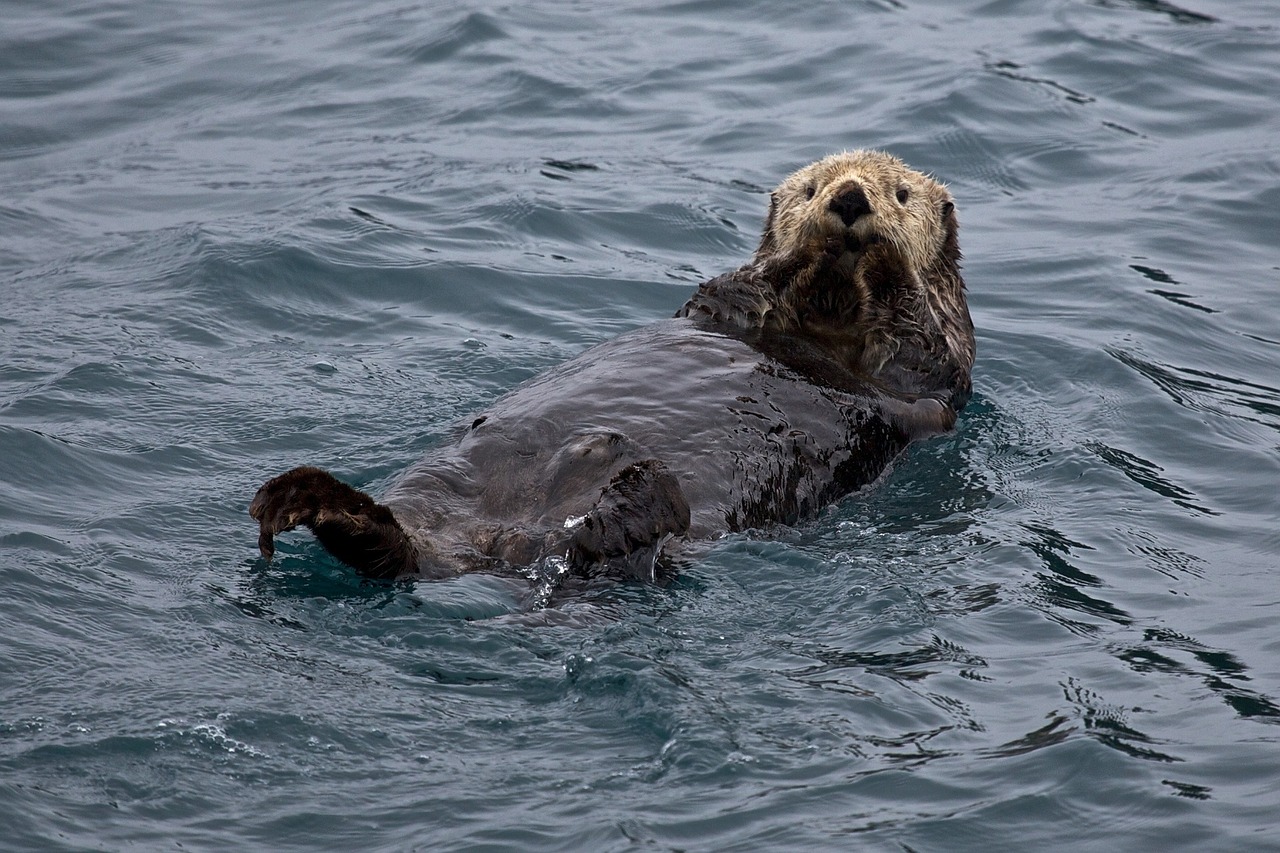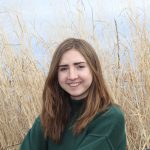
#3 Kelp is Kool
Sea otters, while well known for their cuteness, also play an important role in ocean ecosystems. In kelp forests sea otters are considered a keystone species—a species that the rest of the species in an ecosystem rely on. If a keystone species is removed from an area it drastically changes the rest of the environment. In this activity kids will learn about the relationship between sea otters, orcas, sea urchins and kelp forests and also consider the impact of humans.
Instructions
Tip!!
Check out this wonderful live and narrated underwater video feed from the Kelp Forest of the Channel Islands National Park to get a sense for what the Kelp Forest is and for how cool being on scuba underwater is!
- Begin by watching this video on the importance of otters in kelp ecosystems:
- Color first and cut out the images in the the attached PDF ColoringPagesOtter.
- Using the video as reference, have the kids organize the animals in the order they think they belong in the food web. First, establish the relationship between the kelp, sea urchin, and sea otter. Then add in the orcas and human. If needed, guide the kids in organizing the animals until they are in the right placements (kelp -> sea urchin -> sea otter -> orca -> humans)
- Now you can start experimenting with how each species impacts the others:
- Start with the person, 3 orcas, 3 otters, 7 sea urchins, and 4 kelps.
- Now imagine humans over hunt otters, like demonstrated in the video, and remove two otters.
- With fewer otters there is less food for the orcas, remove 2 orcas.
- With fewer otters there is no longer anyone to eat the sea urchins, add 3 sea urchins.
- With fewer otters, the kelp is dying faster and the sea urchins population growing. Remove 3 kelps.
- With this new ecosystem, discuss again with kids what they saw in the video. If there is less kelp, what happens to humans? (Shoreline and humans are less protected by storms and the other animals living in the kelp forest lost some of their food and protection, too.)
- To end on a more positive note, discuss how we can help protect otters by avoiding littering, using reusable items and even gardening, which reduces run-off and helps protects the ocean from harmful chemicals. Check out this article to learn about more ways you can protect sea otters, whether you live near the ocean or not! http://awesomeocean.com/top-stories/12-ways-can-help-sea-otters/
Tip!!
If you are interested in learning more about kelp forests, check out this additional video. And do NOT miss the Monterey Bay Aquarium’s sea otter cam on facebook.
Word Bank
Keystone species: A species that highly impacts the existance of other species. If a keystone species is removed, the ecoystem changes drastically. Learn more about keystone species in this video.
Don’t miss another blog post! Subscribe here:
Arcadia Davies, Ocean Matters Youth Advocate Leader, recently graduated from Miami University with an interdisciplinary degree focusing on marine ecology and community engagement. She is passionate about connecting communities, especially youth, in ocean conservation projects. During college she practiced communicating science to the public through serving as the communication intern at The Island School in The Bahamas and taking numerous classes in marine ecology, creative writing, journalism, photography and community engagement. Arcadia has loved the ocean since a young age and strives to share that love with others.

